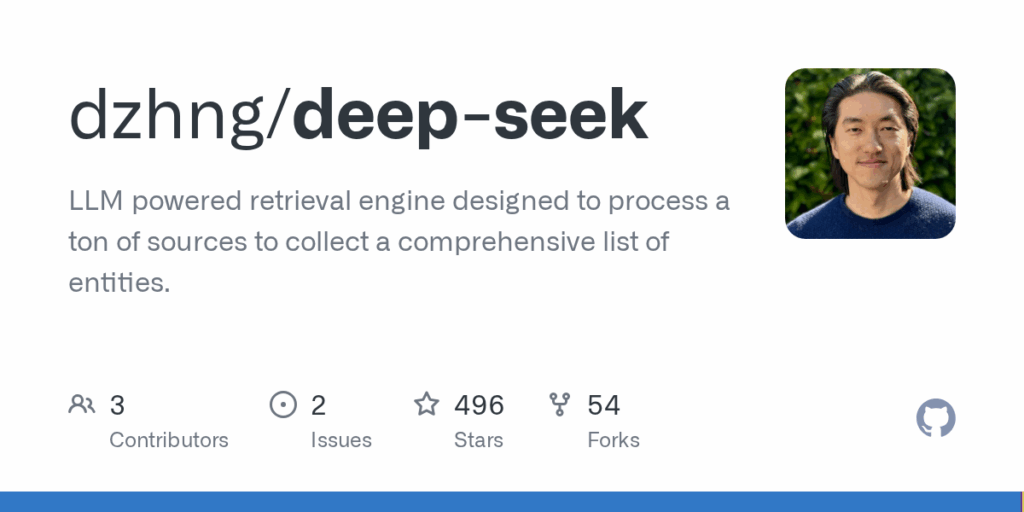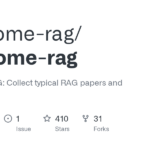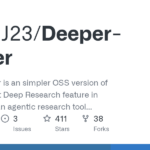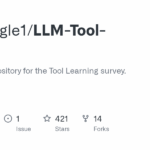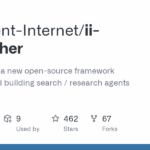deep seek
Basic Information
DeepSeek is an experimental architecture and reference implementation for an LLM-powered, internet-scale retrieval engine designed to collect comprehensive lists of entities and enrich them rather than produce a single canonical answer. The repository demonstrates a multi-step research agent pipeline that breaks a user query into a plan, searches the web with both keyword and neural search, extracts entities from found content using tokenized boundaries, and then enriches each entity with additional columns defined by the planner. The project includes a demo UI showing large tabular outputs with confidence scores, development instructions to run a local dev server, an examples file with raw example data, and notes about required API keys and cost considerations for running real queries.

